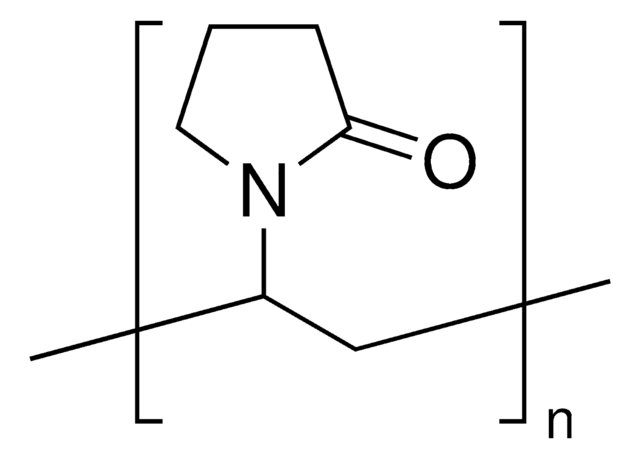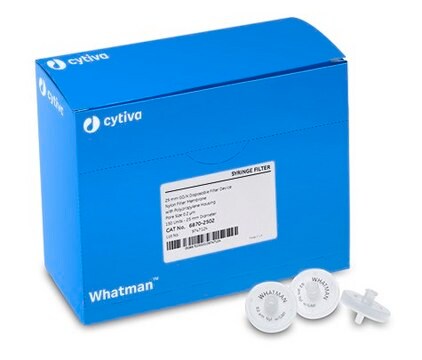437190
Polyvinylpyrrolidone
average Mw ~1,300,000 by LS
Synonyme(s) :
PVP, Polyvidone, Povidone
About This Item
Produits recommandés
Forme
powder
Niveau de qualité
Poids mol.
average Mw ~1,300,000 by LS
Pf
>300 °C
Chaîne SMILES
C=CN1CCCC1=O
InChI
1S/C6H9NO/c1-2-7-5-3-4-6(7)8/h2H,1,3-5H2
Clé InChI
WHNWPMSKXPGLAX-UHFFFAOYSA-N
Vous recherchez des produits similaires ? Visite Guide de comparaison des produits
Description générale
Application
triangular and nanoplates. It may also used as a capping agent in the synthesis of silver nanospheres,gold nanoframes.General applications pf PVP are: in pharmaceutical, food, beverage, cosmetic, toiletry and photographic industries.
Autres remarques
Code de la classe de stockage
11 - Combustible Solids
Classe de danger pour l'eau (WGK)
WGK 1
Point d'éclair (°F)
Not applicable
Point d'éclair (°C)
Not applicable
Équipement de protection individuelle
Eyeshields, Gloves, type N95 (US)
Faites votre choix parmi les versions les plus récentes :
Déjà en possession de ce produit ?
Retrouvez la documentation relative aux produits que vous avez récemment achetés dans la Bibliothèque de documents.
Les clients ont également consulté
Articles
Noble-Metal Nanostructures with Controlled Morphologies
Developed in the last several years, fluorescence quenching microscopy (FQM) has enabled rapid, inexpensive, and high-fidelity visualization of two-dimensional (2D) materials such as graphene-based sheets and MoS2.
Lithium-Ion Battery Performance: Dependence on Material Synthesis and Post‑Treatment Methods
Notre équipe de scientifiques dispose d'une expérience dans tous les secteurs de la recherche, notamment en sciences de la vie, science des matériaux, synthèse chimique, chromatographie, analyse et dans de nombreux autres domaines..
Contacter notre Service technique



